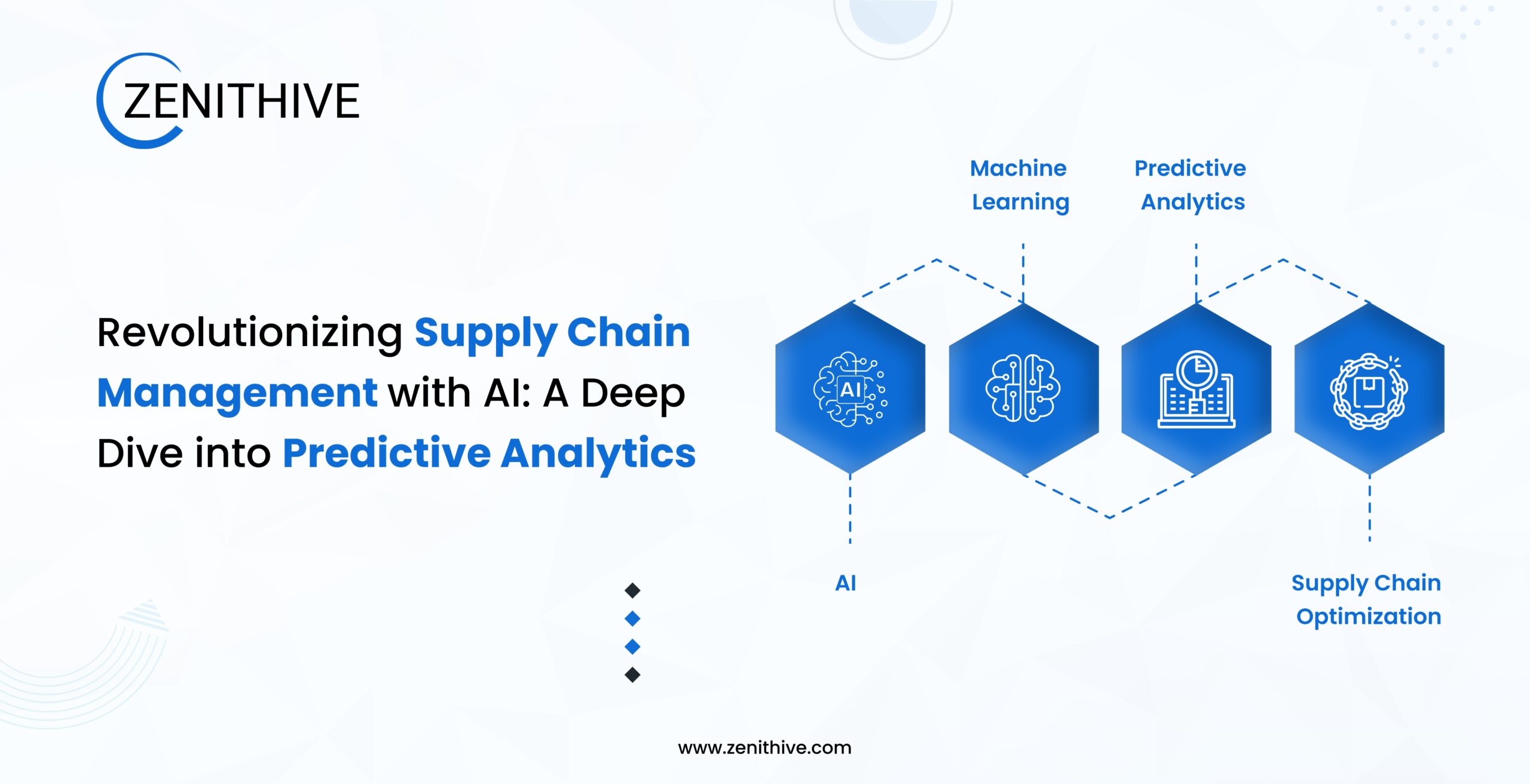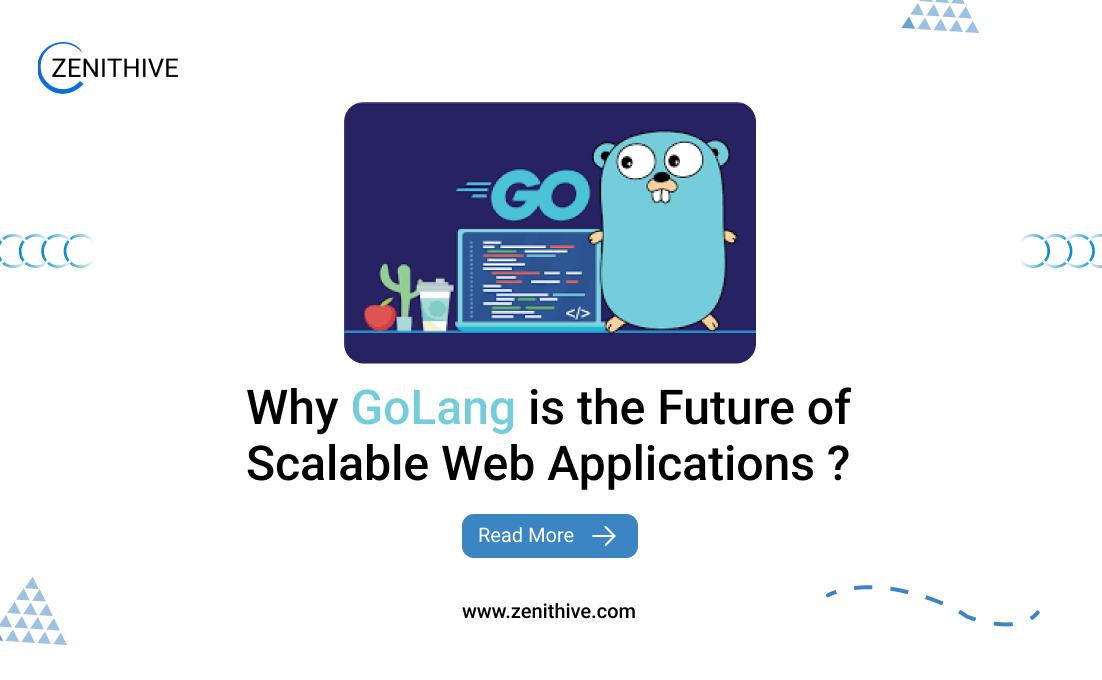1. Introduction: Rethinking Demand Forecasting in the Age of Hyper-Personalization
In the era of hyper-personalized experiences and evolving consumer behavior, traditional demand forecasting techniques are becoming increasingly ineffective. With AI technologies now embedded into the very fabric of business operations, companies need to rethink their forecasting strategies to not only predict demand but also tailor it to unique consumer needs, local market dynamics, and emerging trends.
Traditional demand forecasting methods, such as historical data analysis, moving averages, and regression models, have been the go-to tools for predicting future demand. These methods work well under stable conditions where patterns follow predictable trends, making it relatively easy to forecast demand based on past data.
For instance, retailers often use historical sales data to project future demand for certain products. Similarly, manufacturers rely on seasonal trends to anticipate demand for raw materials. While these techniques can provide a solid foundation, they tend to break down in situations of uncertainty, high volatility, or unforeseen disruptions. For example, market shifts, economic crises, or sudden consumer behavior changes can drastically alter demand patterns, rendering traditional methods inaccurate or even obsolete.
Artificial Intelligence (AI) has emerged as a game changer in demand forecasting, offering a solution that addresses many of the challenges of traditional methods. Unlike conventional techniques, AI can process large and complex datasets, something traditional models often struggle with. By learning from these data, AI enables companies to generate more accurate and dynamic predictions. It goes beyond just historical patterns, incorporating a wider range of factors like consumer behavior, economic shifts, and even environmental influences to forecast demand with greater precision.
This article aims to take a deep dive into how AI can shape the future of demand forecasting, focusing on less-discussed advanced AI methodologies, real-world applications, and what the next frontier looks like for businesses willing to push the boundaries.
2. Breaking the Mold: Beyond Statistical Models to Cognitive AI Forecasting
Traditional forecasting models often rely on historical trends and linear assumptions, which only capture part of the picture. The true potential of AI lies in Cognitive AI, the ability to understand, learn, and predict in a way that mimics human intuition but with data-driven precision.
Here’s how cognitive AI differs:
- Contextual Understanding: AI doesn’t just look at raw numbers; it contextualizes them, using external factors like cultural shifts, news events, and social trends to influence demand forecasting.
- Causal Inference: Going beyond correlation, AI models can now infer cause-and-effect relationships from vast datasets, revealing why certain products or services spike in demand.
- Self-Learning Systems: AI can constantly learn and improve without human intervention, adapting to shifts in consumer behavior or market dynamics in real-time.
For example, a company using AI may detect a subtle shift in sentiment around a product through social media signals, making it adjust forecasts in real-time before competitors even notice.
3. AI and Demand Forecasting for the Unpredictable: Using Quantum Computing and Edge AI
While most businesses are still trying to grasp the fundamentals of AI-driven forecasting, emerging technologies like Quantum Computing and Edge AI are setting the stage for the next revolution in demand forecasting. Here’s how they’re set to make a difference:
- Quantum Computing for Demand Forecasting: Quantum computing promises to solve complex, multi-dimensional problems in demand forecasting. It can process vast datasets in seconds, evaluating countless variables and scenarios simultaneously, which is currently impossible with classical computing methods. Quantum algorithms could optimize inventory levels and predict supply chain disruptions with much higher precision.
- Edge AI for Real-Time Forecasting: Edge AI enables forecasting at the point of need, on the edge of the network. This allows businesses to make predictions in real-time based on real-world signals, such as local traffic patterns, weather conditions, and point-of-sale data. For example, retail stores equipped with edge AI systems could forecast product demand based on live in-store activity and adjust inventory levels instantly.
4. A Holistic Approach to AI Demand Forecasting: The Role of Data Fusion
AI’s ability to predict demand accurately depends heavily on the quality and diversity of the data fed into it. However, typical forecasting models rely primarily on historical sales data and market research. The future of demand forecasting lies in data fusion, a process that integrates diverse data sources, providing a 360-degree view of demand signals.
- Internal Data: Beyond sales and inventory, internal data such as employee shifts, production schedules, and supplier performance can offer critical insights.
- External Data: Customer sentiment, competitor pricing, social media trends, environmental factors, and even geopolitical events are now seen as integral demand drivers.
- Data from IoT and Sensors: Real-time data from IoT devices (e.g., smart shelves, connected products) can provide immediate insight into product movement, and environmental factors can influence forecasts.
For instance, a smart fridge that tracks the number of items in stock could help predict future purchases by consumers. When combined with weather data and local promotions, AI can provide hyper-local demand forecasts, which traditional methods can’t achieve.
5. Data Requirements and Preparation
Essential Data Sources
- Internal Data
- Historical sales data (minimum 2-3 years)
- Inventory levels and movement
- Pricing history
- Promotion calendars
- Product lifecycle data
- External Data
- Market trends
- Competitor pricing
- Economic indicators
- Weather data
- Social media sentiment
Data Preparation Steps
- Data Cleaning
- Remove duplicates and anomalies
- Handle missing values
- Standardize formats
- Validate data accuracy
- Feature Engineering
- Create relevant variables for seasonality
- Develop market-specific indicators
- Build product hierarchies
- Generate time-based features
6. Ethical AI in Demand Forecasting: Building Trust and Reducing Bias
One aspect of AI demand forecasting that’s often overlooked is the ethical implications. AI models can inadvertently perpetuate biases present in historical data, leading to skewed predictions. Businesses must take proactive steps to ensure that their AI-driven forecasts are transparent, accountable, and fair.
- Bias in Historical Data: Biases in consumer behavior, economic conditions, or even historical sales data can be reinforced by AI. For example, underrepresented consumer segments may get overlooked if their behaviors aren’t adequately captured in training datasets.
- Ensuring Ethical Algorithms: A growing trend involves adopting frameworks like explainable AI (XAI), where AI algorithms provide explanations for their predictions. This transparency not only builds trust but also ensures that AI decisions are aligned with ethical standards.
Businesses that prioritize ethical AI frameworks will not only benefit from better decision-making but will also build consumer trust and loyalty in the long term.
7. Implementation Strategy: Building a Seamless Transition to AI-Driven Forecasting
Successfully implementing AI-driven demand forecasting requires a well-thought-out strategy that balances innovation with practicality. Businesses must follow a systematic approach to ensure that the integration of AI not only enhances their forecasting accuracy but also aligns with their overall goals and operations. Here’s a breakdown of key steps for implementing AI-driven forecasting:
- Assess the Current Forecasting Methodology
Before integrating AI, it’s crucial to understand your existing demand forecasting processes. This assessment will help identify pain points, gaps, and areas that would benefit most from AI’s capabilities. By pinpointing where AI can bring the most value, businesses can prioritize the application of AI tools and resources effectively. - Data Collection and Preparation
AI thrives on high-quality data, so gathering relevant, clean, and comprehensive data is a crucial first step. Businesses should focus on collecting not only historical data but also real-time data streams, market trends, consumer behavior, and external variables that could influence demand. The more data sources you can incorporate, the more accurate and dynamic your forecasts will be. - Choosing the Right AI Model
Not all AI models are created equal, and different types of models are better suited to different forecasting needs. Businesses should consider various approaches such as machine learning, deep learning, and reinforcement learning to find the one that best matches their data and objectives. Customization of the AI model to meet unique industry demands can significantly improve forecast accuracy. - Integration with Existing Systems
One of the biggest challenges in AI implementation is ensuring seamless integration with existing enterprise systems such as ERP (Enterprise Resource Planning), CRM (Customer Relationship Management), and other supply chain management tools. The AI forecasting system must be compatible with these systems to ensure smooth data flow and actionable insights across departments. - Testing and Refining the Model
Once the AI model is in place, testing it with real-world data is essential to gauge its accuracy and reliability. This phase involves fine-tuning the model to optimize predictions. Machine learning models improve over time, so it’s important to continuously refine them based on new data and feedback from various stakeholders. - Training and Change Management
To fully leverage AI-driven demand forecasting, employees across various departments should be trained on how to interpret and act upon AI-generated insights. Change management is crucial in helping teams transition from traditional methods to AI-supported decision-making. This may involve educating staff on new technologies, as well as fostering a culture that embraces data-driven innovation. - Continuous Monitoring and Improvement
AI models are not static. Regular monitoring, evaluation, and improvement are necessary to ensure the system stays relevant and accurate over time. This includes updating the model as new data emerges, adapting to market shifts, and incorporating feedback from users to enhance its performance.
By following these steps, businesses can establish a robust foundation for AI-driven demand forecasting that delivers greater accuracy, agility, and long-term success.




